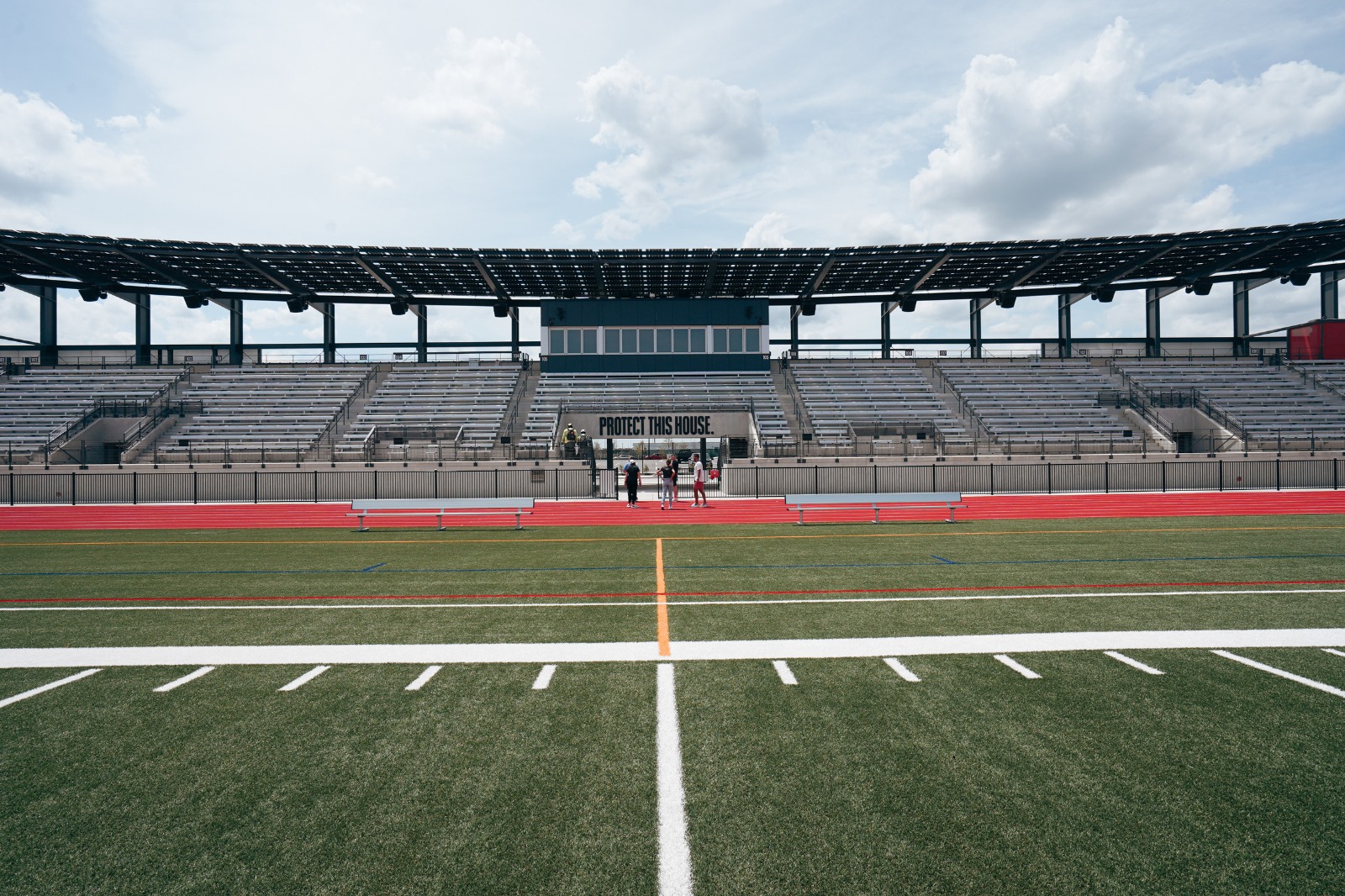
An analysis of the MAF method of heart rate training, Part 3 of 5 in our series
Runners of all ages and abilities
Floris Gierman, host of The Extramilest Podcast, co-founder of Path Projects, and long-time MAF enthusiast
This is part three of a five-part series on heart rate training, written by Floris Gierman, co-founder of run apparel brand PATH Projects, host of the Extramilest podcast, and running coach. Over the last 11 years, he’s devoted his life to heart rate training and building a community of running through the MAF approach to running. Through the course of his training, he’s lowered his marathon time from over 4 hours to 2:44 and attributes his success to his focus on heart rate training and a holistic approach to his training, racing and life.
Other posts in this series:
Many times, heart rate training is synonymous with MAF training, but there are several components that separate the two. MAF stands for Maximum Aerobic Function: our ability to burn body fat for nearly unlimited energy. A key focus of MAF training is to maximize natural fat-burning, which directly improves your health and fitness.
Improving your fat burning abilities can be done in a variety of ways, such as training at the right intensity, monitoring nutrition intake in a healthy and sustainable way, and managing stress levels.
While most training methods focus on variation of workouts in concert with nutrition and proper fueling, the MAF method starts at the foundation of fitness, focusing on the importance of developing your aerobic base fitness first. This is accomplished through low heart rate training, and only moves onto higher intensity running once a baseline aerobic fitness is established. In doing so, athletes are able to get faster without the common wear, tear and injury that plagues most runners.
Over time, the goal is to run faster at the same (or lower) heart rate, both in training and racing.

There are many benefits to lowering your training intensity (otherwise, why would we do it?). Here are the core benefits:
By training at a low heart rate, your body becomes more efficient at using oxygen to produce energy, leading to improved endurance over time. Training at a low heart rate increases the number of your mitochondria (part of a cell that makes energy) and improves their efficiency. The more mitochondria you have, the more energy you can create from fat burning. This means you can run faster at the same (or lower) heart rate.
Low heart rate training teaches your body to burn more fat for fuel, which can improve overall health, resulting in weight loss and improved race times. Since you have a nearly unlimited supply of fat, aerobically fit athletes who pace themselves well can still have energy left at the end of their race, at a time when many runners are forced to slow down significantly.
You are able to train consistently at higher training volume, with limited training stress on your body. Training at a lower intensity reduces the stress on the body’s joints, muscles, and tendons, reducing the risk of injury.
When you finish a low heart rate run, you should feel like you could do that run again. Low heart rate training can help the body recover more quickly after intense workouts, leading to improved performance over time.
Training at a low heart rate can be a meditative and relaxing experience, leading to improved mood, mental clarity, and reduced stress.

To say starting out MAF training is a humbling and frustrating experience would be an understatement. In the early stages of MAF training, I had to slow down significantly in my running pace to keep my heart rate below 150. For anyone with an active Strava account, you know the pain is real.
And by slowing down, I mean walking. Yes, walking.
Before MAF training, I would often run at 6:30-7:00 min/mile (4:02 to 4:21 min/km) pace. When I began MAF training, I was a bit shocked when I realized that running below a 150 heart rate meant slowing down– a lot. Instead of a sub-3 hour marathon pace, I was now running 8:30 min/mile (5:17 min/km) on the road, and up to 14 min/mile (6:13 to 8:42 min/km) or slower on trails with hills. For some runners 8:30 min/mile (5:17 mi /km) on the road is a fast pace; however, it felt much slower than I was used to.
I clearly remember one of my first runs on the bike path in Long Beach, Calif. As I was running by the ocean trying to keep my hear rate below 150, I was getting passed by several runners. At one point a woman well into her 60’s ran by me. This was something I previously would not have allowed to happen. It was a real hit to the ego and no doubt I was screaming on the inside: “I swear, I can run faster than this!”
KEY TAKEAWAY: Intensity discipline in training means to overcome your ego and your short term joy of training hard, to think longer term. Holding back is a big part of this initial journey with MAF low heart rate training.
On my first trail run with some hills, I had to walk all the hills to stay within my MAF zone. I was not used to walking and found it frustrating at first. It was a true blow to my ego.
In those first few weeks of MAF training, I changed my mindset about training data. I stopped caring about my running pace and distance covered and started focusing on my heart rate and time on feet. All of a sudden, it didn’t matter anymore if I ran 5 miles or 8 miles, all I cared about was how much time I would spend in my MAF training zone. Pace became irrelevant in those early stages and I changed my watch settings to only show my Heart Rate and workout duration.
KEY TAKEAWAY: Reframe your mindset. Instead of focusing on paces and speed, focus on time on feet and accomplishing goals within the MAF framework.

Something fascinating happens once you get rid of your ego and stop caring about getting passed by other runners, or posting slow times on Strava.
At some point you can turn your frustrations of slow running / walking into joy. This happens for some athletes sooner than for others. Some athletes never get there.
After a few weeks of training at a lower intensity, I noticed many benefits and positive adaptations. For example:
KEY TAKEAWAYS: MAF training requires sacrifice in the beginning, but much like quitting other bad habits, the benefits become apparent after just a few short weeks of discipline.

Some athletes improve aerobically faster than other athletes. This depends on a variety of factors, such as athletic background, training volume, stress levels, nutrition and recovery.
After four weeks of MAF training, I started noticing my running pace at the same heart rate improved. This was a big “aha” moment for me that MAF training could actually work. Even so, I was still somewhat skeptical.
Below is an overview of my first two years of MAF training, with a running volume of 40 to 60 miles per week, with some peaks at 70 to 80 miles.

Being able to run faster at a lower intensity helps tremendously during endurance races.
My MAF paces and my race times improved from a 4:11 marathon in 2007 to a 2:55 marathon in 2013, to a 2:44 marathon at the Boston marathon in 2015. During my PB race training block, I only incorporated 6% of my running time at high intensity.
From 2016 to 2018, my training availability and my life priorities changed. My second child was born after a challenging pregnancy. I had a stressful job as an executive at a publicly traded company and every day felt like a fire drill. I prioritize my family time over my own training and simply didn’t have the bandwidth to train 6 to 10 hours per week.
If your stress levels are high in your personal life, MAF low heart rate training is a great way to train in a sustainable way that doesn’t add too much training load on your body and your mind.
During extremely busy and stressful periods in your life, I suggest all athletes train for mental and physical health. Not to push yourself too hard, but to be realistic and adjust your training expectations and race goals.
With lower volume, the benefits may not be as quick or as apparent, but you will be able to enjoy your time running and use it as a true stress reliever.
If you’re looking to start heart rate training, know that it will require some sacrifices in the short term, but– as with anything that requires discipline– will be worth it in the long term. If you want to learn more, please see my other posts on heart rate training, or head over to The Extramilest for more resources and information on heart rate training and the MAF method.
Additional Information
The Extramilest is Floris Gierman’s holistic training program, focused on marathon running and reaching your full potential in training, racing, and life. Learn more about it at the link below.
Have something to say? Leave a Comment

As the founder of The Extramilest Show and running coach of the PB Program, Floris helps runners become stronger, healthier and happier athletes. Unsurprisingly, he loves low heart rate training. Floris likes to go on adventure runs, though with a terrible sense of direction, he often gets lost. He is also the co-founder of PATH projects. When not running, Floris enjoys laughing with his two daughters, playing pickleball with his wife and sitting in an ice bath.
More from Floris

Notifications